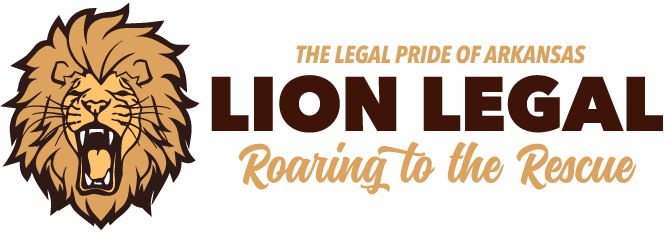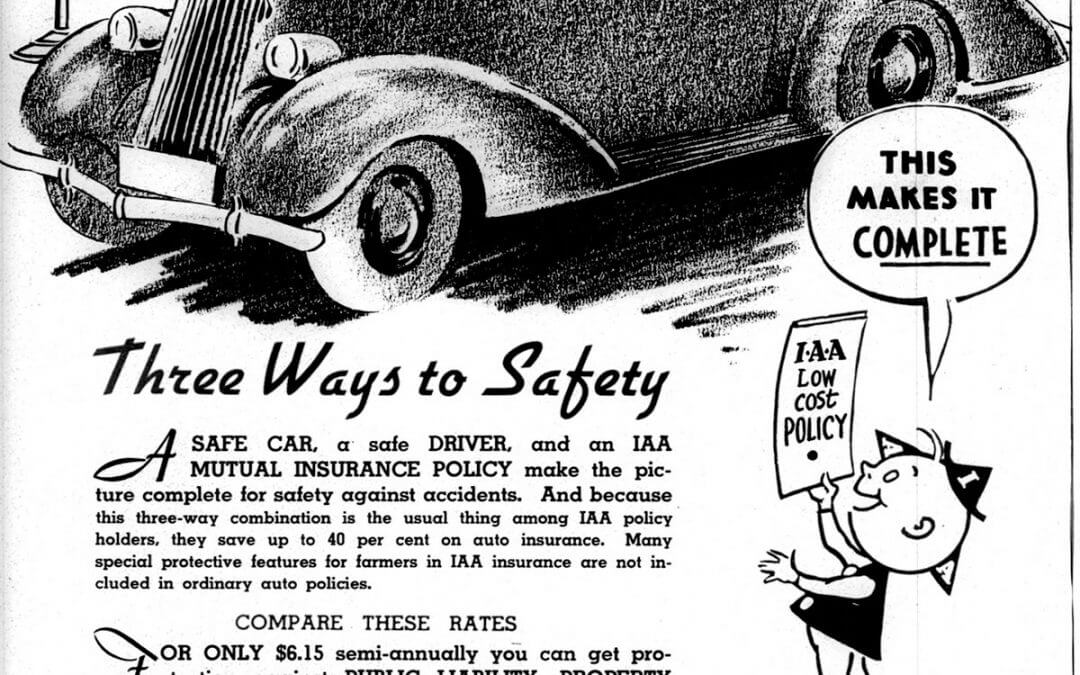Insurance or No Insurance: How it Works & What it Means!
It is amazing how many people think they know all there is to know about insurance, simply because we all have insurance. The most important time to know what kind and how much insurance you have, and what options you have for coverage, is before you’re in an accident and need your insurance.
Gap Insurance
Gap Insurance covers the “gap” between the money you owe on the car and the value of the car in the event of a collision. It is valuable only in the first two years and only if you purchased a brand-new vehicle.
Usually this coverage is sold to unsuspecting consumers who don’t need it. The moment you drive your brand-new car off the lot, it is worth about 30%-50% less than what you paid for it. That drop in value is called the gap – you still owe that money to your lender, but if you sold your car (or it was totaled and you were paid for it’s value) it would be less than what you owe on it. Gap insurance covers that.
Depending on the price and how likely you are to total your car, it is probably not worth it. Almost no one makes a claim on gap insurance, making it a money-maker for insurance companies. The longer you own your car, the less gap there is.
The value doesn’t continue to decrease at that rate, it slows down and levels off. Once you’ve had it for several years, its value will be more than what you owe on it, so you won’t have a gap at all. This should help in your analysis of whether you actually need gap insurance coverage and if it’s worth the price.
Liability Insurance
You’ll see liability insurance talked about in three numbers such as 25/50/25. The first number is how much money your insurance carrier will pay to one single person for bodily injury if you are the at-fault driver in an accident. The second number is how much money total your insurance carrier will pay total for bodily injury in one accident. The third number is how much the insurance carrier will pay for property damage – usually the other person’s car or home (if you ran over the curb into their property) if you are the at-fault driver.
Arkansas requires that all drivers carry a minimum of $25,000 in liability coverage. This is rarely enough to cover damages if you are in any kind of accident more than a fender bender. Further, this coverage does nothing to protect you as the driver. Let’s say you’re in a single car accident, hit a patch of ice, and run into a tree. You break your leg and total your car. If all you have is liability insurance, you get nothing (except probably your med pay).
Underinsured Motorists Insurance
This is coverage if you are in a collision and the at-fault party does not have enough insurance. Most motorists only carry the state minimum of $25,000. If you are seriously injured, unable to work, or drive a valuable car, $25,000 is not enough. It is said that at least 20% of drivers have no insurance, and twice that have only the minimum coverage. The cost is low for UIM coverage; and it is advisable to carry it.
Uninsured Motorists
This is coverage if you are in a collision and the at-fault party has no insurance or cannot be found. A hit and run, for example. This is different than Underinsured Motorists Insurance, but the principle is the same. That same high number of drivers on the road who don’t have insurance are likely to flee the scene. If you can’t prove they didn’t have enough insurance (and you can’t if you don’t know who they are), then your UIM coverage won’t apply – you’d need UM coverage. They are usually purchased together and are inexpensive; it is advisable that you carry it.
Medical Coverage
Insureds must specifically opt out of Medical Coverage in Arkansas. This pays for medical payments if you are hurt in a car accident no matter who is at fault. The vast majority of policies include $5000 in “med pay”. This coverage is relatively inexpensive, and you should consider higher coverage for medical payments because often times treatment requires money up front and it can take months to settle car accident liability payments. Arkansas law require that there be a specific signed document opting out of this coverage for it to not apply. Most folks don’t sign that–and they should absolutely not!
Personal Injury Protection
This is an extension of automobile coverage which pays for things such as health insurance deductibles, lost wages, income continuation, even funeral expenses. If you have this coverage, you should have a copy of your policy stored in your files so you can always reference what kind of insurance you have when you need it most.
Rental Car Coverage
Rental car coverage is not standard in Arkansas policies. You should ensure that you carry it. It is very inexpensive and can save you hundreds of dollars in transportation costs in the event you are in a collision (your fault or not) and your car is totaled or needs extensive repairs.
Deductible & Premiums
Insurance is designed to protect you in the event of catastrophe. It is recommended that you purchase insurance with a high deductible to lower your monthly premiums. Over the course of many years, what you save in premiums is worth the higher deductible if the unimaginable happens. Remember insurance companies are in business to make a profit, not protect you. Agents have a self-serving interest to sell the most coverage, needed or not, to increase their commissions.
Coverage Amounts
Review your policies annually to determine if you have the appropriate amount of coverage for your real and personal property and your financial assets. Too low, and you are not adequately protected in the event of disaster. Too high, and you are wasting money on premiums for coverage you couldn’t collect even in the event of disaster. It is financially important to strike a happy balance.
Further Thoughts
Lion Legal offers traditional legal services of representing people after they are injured in a car accident; but we also offer modern, non-traditional services of analyzing your insurance plan for appropriate coverage for your particular life and financial circumstances.
We don’t sell insurance and will not refer you to someone – that creates a conflict of interest and draws into question our neutrality. We will answer your questions, review what you have, and arm you with information to go back to your agent and change what you have to exactly what you need
Call For A Free Case Evaluation
Our attorneys are experts, and are here for you with straight talk, predictable fees, and superior services. We promise to tell you what the most likely outcome is up front, and to be open and transparent in our communications with you until your case is resolved.
Our approach to practicing law is revolutionizing the way law firms deliver legal services.
Call Lion Legal today.

